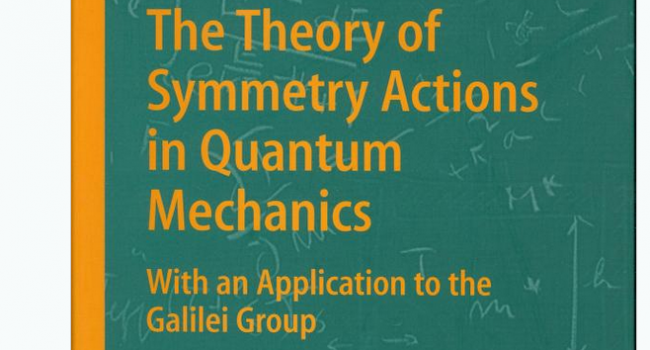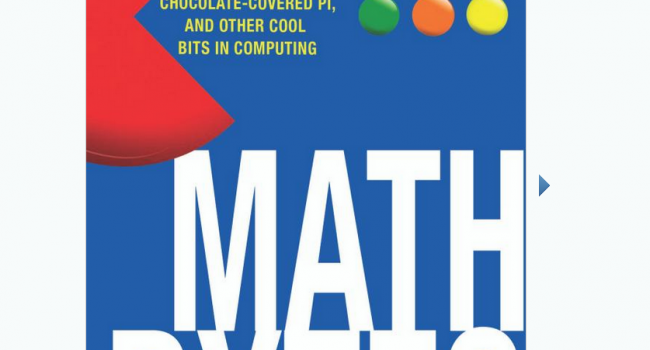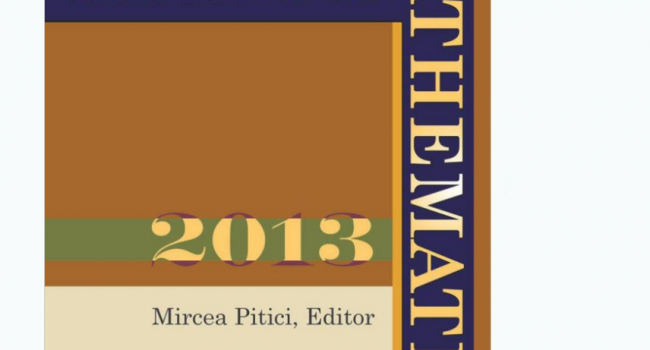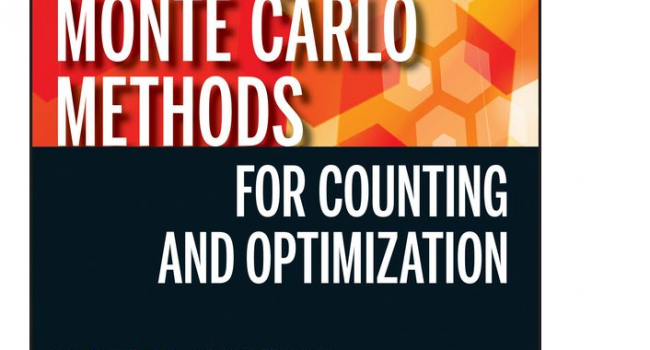Probability: A Very Short Introduction – Book Review
Probability is a funny beast. In its most rigorous and formal form it is one of the more interesting subfields of mathematics. And yet, unlike much else of mathematics, it is very familiar subject that has entered much of popular and colloquial usage. We talk casually and without much thinking of the chance of rain tomorrow, probability of winning the lottery, and even probabilities of various outcomes in our everyday private lives (passing the test, getting a new job, finding a girlfriend). It is fair to say that the concept of probability taps into some of our deep-seated and hard-wired intuitions about how the world works. Nonetheless, there are certain well-known problems in probability that seem to defy rationality and come across as paradoxical (such as the Monty Hall problem.)
The aim of this book is to present probability in as accessible manner as possible. The book covers probability’s historical development, explains away certain probability paradoxes, aims to teach you how to think about the probability problems, and gives an overview of the applications of probability in various fields. It gives a very approachable introduction to the subject, and it requires almost no math except some simple mathematical operations that everyone is familiar with. It also has a few interesting problems interspersed throughout the text, but you should not be deterred from reading this material if math problem solving is not your forte. (Plus, all the problems are provided with detailed solutions in the back of the book.) The book is very nicely written and it was a pleasure to read.
One of the things that I like the best about this book is that for the most part it does not approach various probability problems as primarily math problems, but rather as problems of reasoning. The book goes a long way in showing that probability, like many other areas of mathematics, is at the bottom of it just applied common sense. Yes, you still have to use the numbers in order to calculate the actual probabilities, but arriving at the exact numbers requires just consistent application of simple reasoning steps.
Two other related books that you may find interesting are Statistics: A Very Short Introduction and Risk: A Very Short Introduction.
A great and instructive read. Highly recommend it.
There are no comments yet, add one below.





